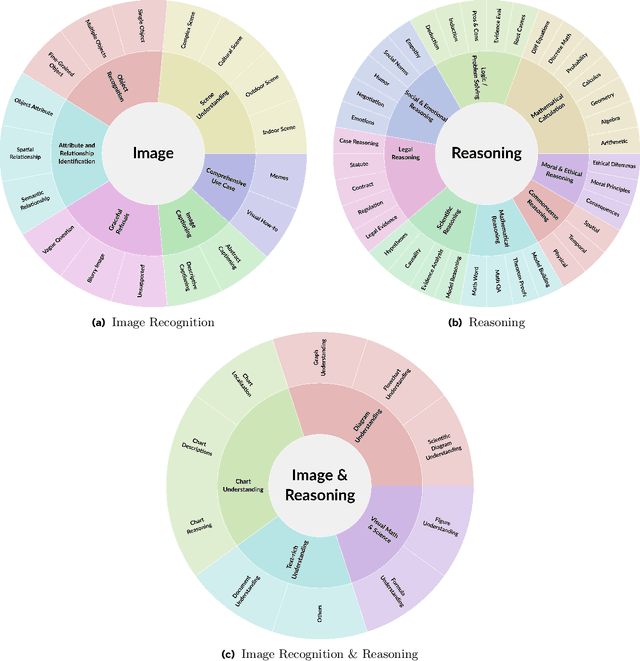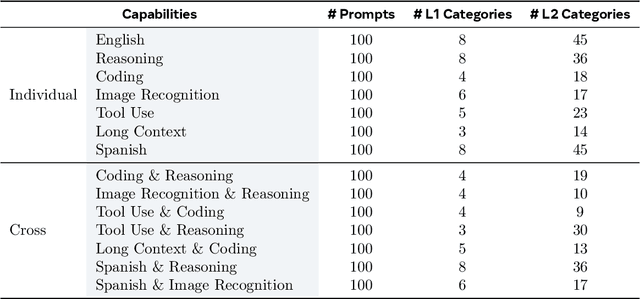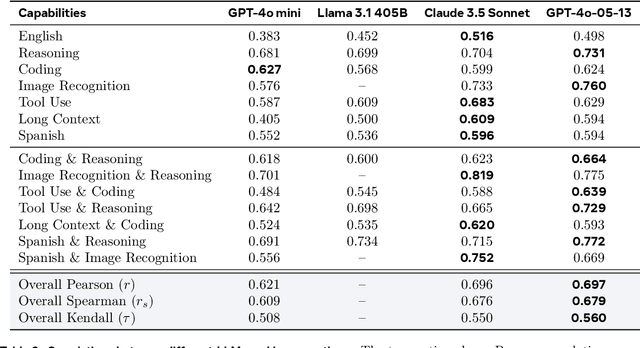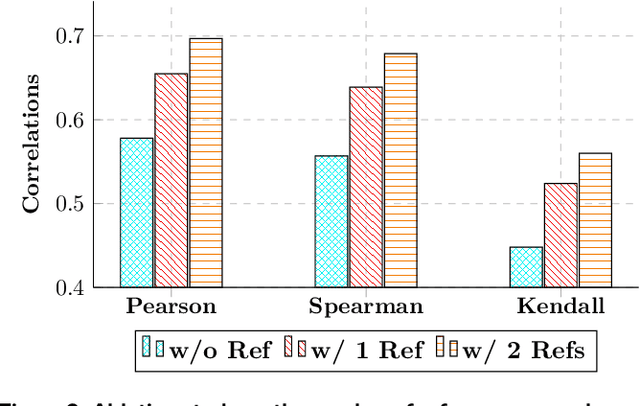Law of the Weakest Link: Cross Capabilities of Large Language Models
Paper and Code
Sep 30, 2024



The development and evaluation of Large Language Models (LLMs) have largely focused on individual capabilities. However, this overlooks the intersection of multiple abilities across different types of expertise that are often required for real-world tasks, which we term cross capabilities. To systematically explore this concept, we first define seven core individual capabilities and then pair them to form seven common cross capabilities, each supported by a manually constructed taxonomy. Building on these definitions, we introduce CrossEval, a benchmark comprising 1,400 human-annotated prompts, with 100 prompts for each individual and cross capability. To ensure reliable evaluation, we involve expert annotators to assess 4,200 model responses, gathering 8,400 human ratings with detailed explanations to serve as reference examples. Our findings reveal that, in both static evaluations and attempts to enhance specific abilities, current LLMs consistently exhibit the "Law of the Weakest Link," where cross-capability performance is significantly constrained by the weakest component. Specifically, across 58 cross-capability scores from 17 models, 38 scores are lower than all individual capabilities, while 20 fall between strong and weak, but closer to the weaker ability. These results highlight the under-performance of LLMs in cross-capability tasks, making the identification and improvement of the weakest capabilities a critical priority for future research to optimize performance in complex, multi-dimensional scenarios.
 Add to Chrome
Add to Chrome Add to Firefox
Add to Firefox Add to Edge
Add to Edge